Drain Fly/Moth Fly
- Article
- Drain Fly/Moth Fly
Drain Fly/Moth Fly
Scientific Name: Family Psychodidae
How to identify a drain fly
Drain flies are also known as Moth flies, sink flies, filter flies, sewer flies, or sewer gnats.
Adult drain flies are tiny (4-5mm long), fuzzy, dark or greyish insects with the body and wings densely covered with hairs. They have long antennae. Wings, appearing too large for the body, are held roof-like over the body when at rest, giving a moth like appearance. They are weak fliers and make irregular, hesitating flights covering only a metre or so in short, jerky lines and are most active during the evening.
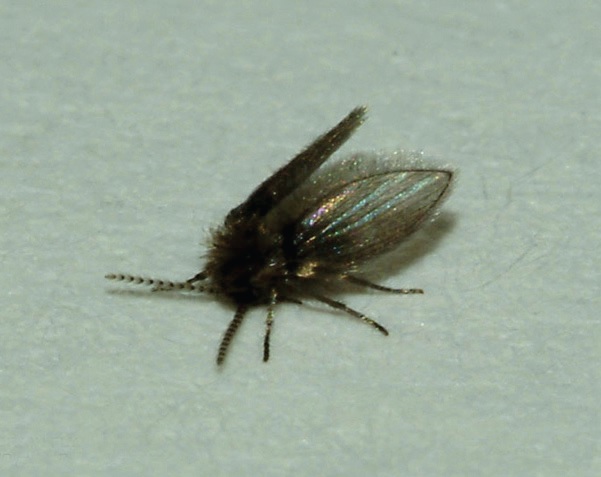
Where are drain flies commonly found?
Adult flies may become very numerous at times indoors especially around drains, in urinals, on toilet/bathroom walls and around showers and bathtubs and often as a result of blocked or broken drains. Drain flies can also be found in sewers, piles of compost and damp leaves, grass and decaying trees.
Why are drain flies considered a pest?
They do not bite, sting, or spread diseases, but their decaying bodies may cause allergic reactions. They can also spread bacteria from trash, decaying vegetables and fruits. Drain flies breed in areas that are moist and have a lot of organic matter. They are more of a nuisance pest than anything else.
What is the biology and lifecycle of a drain fly?
Drain Fly undergo complete metamorphosis during their life cycle. Eggs, laid by females hatch into pale-colored larvae. Following a feeding period, larvae pupate and soon emerge as adult flies. Adults live only 3 to 4 days without food, but they can survive for weeks if nectar or other liquid carbohydrate food sources are available. Typically, drain flies complete their life cycle in 21 to 27 days but this accelerates at higher temperatures.
Management Tips for Drain Flies
-
Inspect drainage for problem – ensure there is no broken or blocked drains.
-
Cleaning drains using products that contain enzymes will remove mould and organic matter from drains so eliminate breeding sites for drains flies.
-
Pouring boing water down drains several times a day for a couple of weeks
-
Physically clean the drains in some way
PRODUCT SOLUTIONS
-
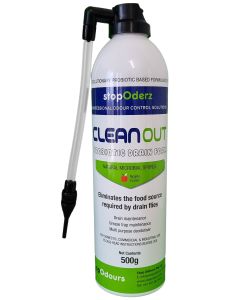 Clean Out Probiotic Drain Foam 500gConcentrated mix of natural microbial spores
Clean Out Probiotic Drain Foam 500gConcentrated mix of natural microbial sporesClear Out Probiotic Drain Foam contains a concentrated mix of natural microbial spores which when activated, digest bad bacteria.
-
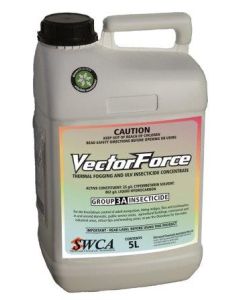 Vectorforce ULV and Thermal Fogging Insecticide 5L25g/L Cypermethrin Solvent
Vectorforce ULV and Thermal Fogging Insecticide 5L25g/L Cypermethrin SolventVectorforce Thermal Fogging and ULV Insecticide Concentrate is formulated for the knockdown control of adult mosquitoes, biting midges, flies and cockroaches.
Out of stock -
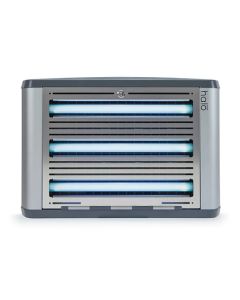 Halo 45 Glueboard Fly TrapProfessional Grade
Halo 45 Glueboard Fly TrapProfessional GradeWith a contemporary, discreet aesthetic and commercial efficacy, the second generation Halo 45 is the most versatile glueboard flykiller available for use across a range of commercial applications.
-
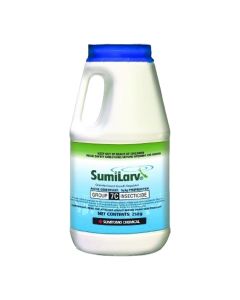 Sumilarv Granules 250gm
Sumilarv Granules 250gmSumilarv Granules 250gm are registered for the control of the larvae of mosquitoes, midges and drain and latrine flies in non-natural water sources.
-
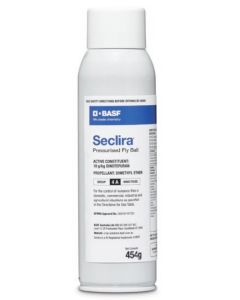 Seclira Pressurised Fly Bait 454g10g/kg Dinotefuran
Seclira Pressurised Fly Bait 454g10g/kg DinotefuranSeclira Pressurised Fly Bait is a new ground breaking, ready-to-use pressurised bait, enabling users to simply and precisely place bait where nuisance flies naturally go.
-
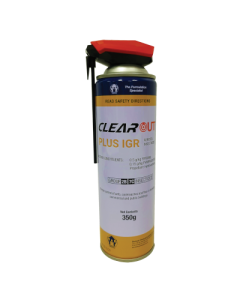 Clear Out Plus IGR Aerosol Insecticide 350g0.5g/kg Fipronil, 0.15g/kg Pyriproxyfen
Clear Out Plus IGR Aerosol Insecticide 350g0.5g/kg Fipronil, 0.15g/kg PyriproxyfenClear Out Plus IGR Aerosol Insecticide is a residual surface crack & crevice or spot treatment for control of ants, cockroaches and flies in domestic, commercial and public buildings.
-
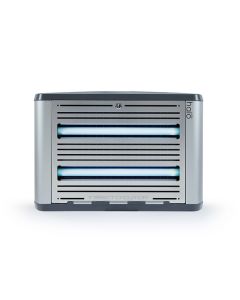 Halo 30 Glueboard Fly TrapProfessional Grade
Halo 30 Glueboard Fly TrapProfessional GradeHalo 30 is a versatile, discreet glueboard fly trap that's silent in operation, making it ideal for sensitive areas such as food preparation, hotel lobbies, restaurant dining and other commercial back of house areas.
-
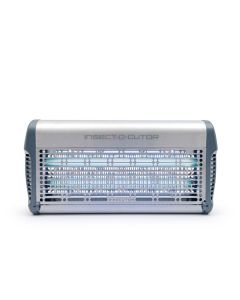 Exocutor 30 Electric Fly Unit
Exocutor 30 Electric Fly UnitThe Exocutor 30 Electric Fly Unit features staggered tube positioning to ensure the maximum amount of UV light is radiated from all areas of the unit, luring flying insects into the highly effective triangular killing grid.
-
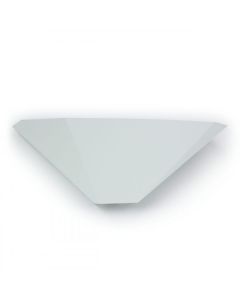 Luralite Cento Glue Board Unit
Luralite Cento Glue Board UnitDeveloped as a highly effective but discreet solution for insect control, the Luralite Cento Glueboard Unit is ideal for use in restaurants, bars, cafes and other front of house applications.
-
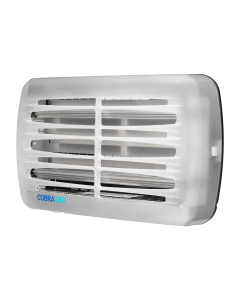 Brandenburg Genus Cobra LED Fly Trap Unit (2x18)
Brandenburg Genus Cobra LED Fly Trap Unit (2x18)A cost-effective and efficient fly trap unit with Translucent TechnologyTM that delivers a 180-degree window of attraction for increased fly catch.
-
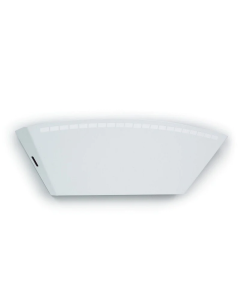 Insect-O-Matic 301 Uplighter Wall Mounted Glue Board Unit
Insect-O-Matic 301 Uplighter Wall Mounted Glue Board UnitCovers an area of up to 40m2 and is effective against all flying insects including flies, fruit flies and moths. Ideal for large lobbies, bars, dining areas and front of house applications. Silent in operation and caught insects are hidden from view.
Out of stock -
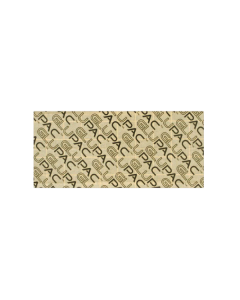 Insect-O-Matic 301 Uplighter Replacement Glue Boards G2/4 (Pk10)Tricozene Z9
Insect-O-Matic 301 Uplighter Replacement Glue Boards G2/4 (Pk10)Tricozene Z9Glupac pheromone impregnated glueboard with UV stabiliser compatible with the Insect-O-Matic 301 Uplighter Wall Mounted Glueboard Unit (IOM301).
-
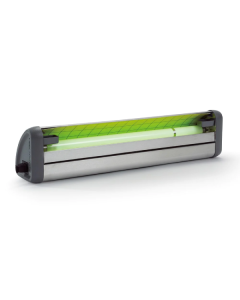 Insect-O-Matic Nectar Glue Board Unit
Insect-O-Matic Nectar Glue Board UnitThe Insect-O-Matic Nectar Glue Board Unit uses UV light, removable trays which can be filled with melon scented liquid attractant, and glue boards to attract fruit flies, fermentation flies, vinegar flies, bar flies and other flying insects to the unit.
-
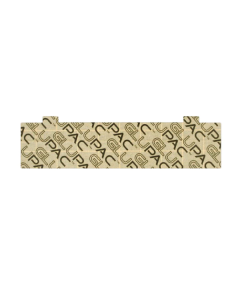 Insect-O-Matic Nectar Replacement Glue Boards (6 pairs)Tricozene Z9
Insect-O-Matic Nectar Replacement Glue Boards (6 pairs)Tricozene Z9Glupac pheromone impregnated glueboard with UV stabiliser compatible with the Insect-O-Matic Nectar Glue Board Unit (IOMINEC).
-
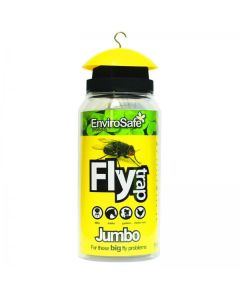 EnviroSafe Jumbo Fly Trap
EnviroSafe Jumbo Fly TrapIdeal for areas with big fly problems. The fly trap comes with 1 x Fly attractant and further EnviroSafe Jumbo Fly Trap Bait (PAT148/1) can be purchased separately.
Out of stock
JOIN OUR NEWSLETTER NOW!
Be the first to hear about the latest specials, products, tips and ideas.

